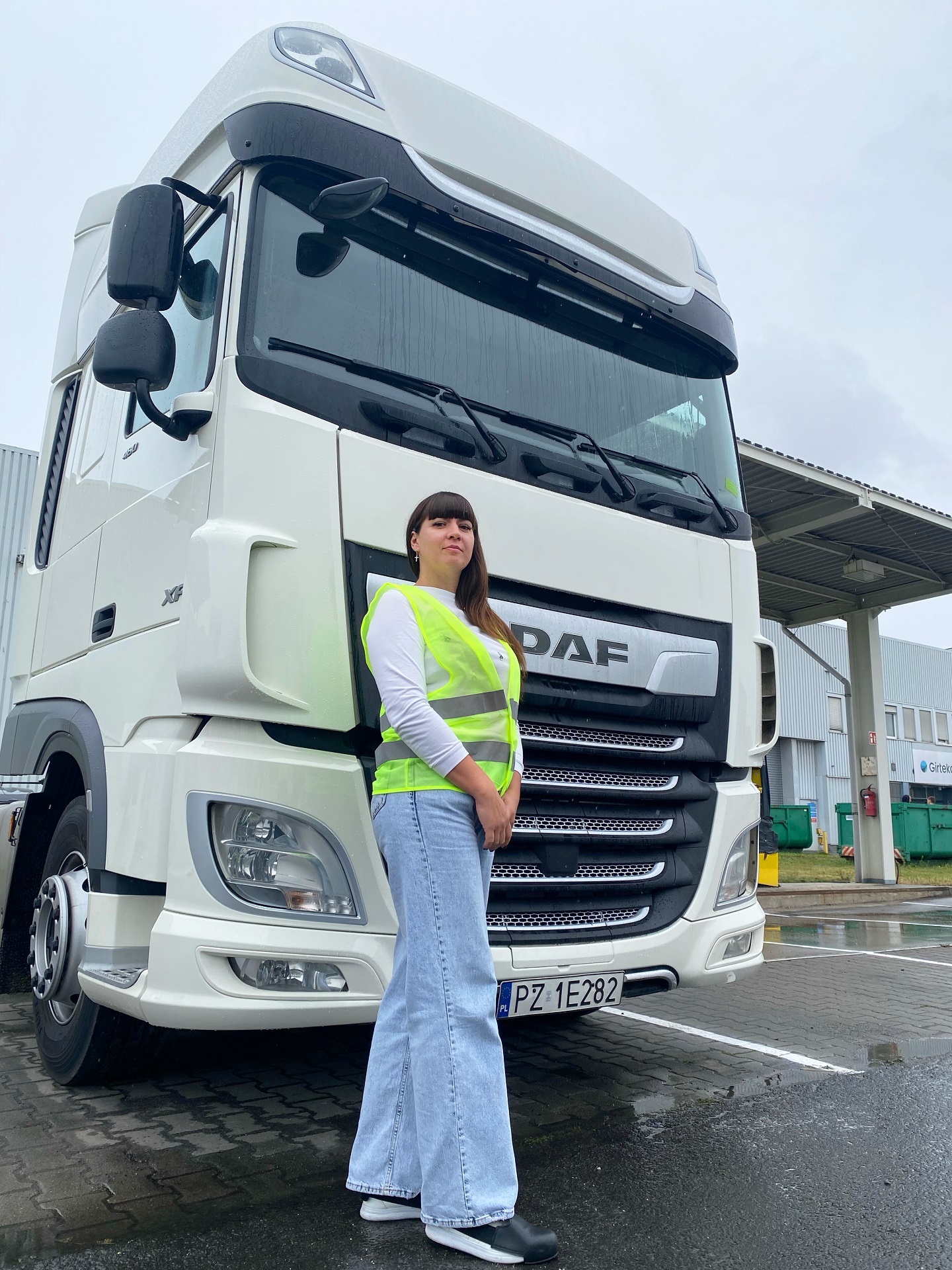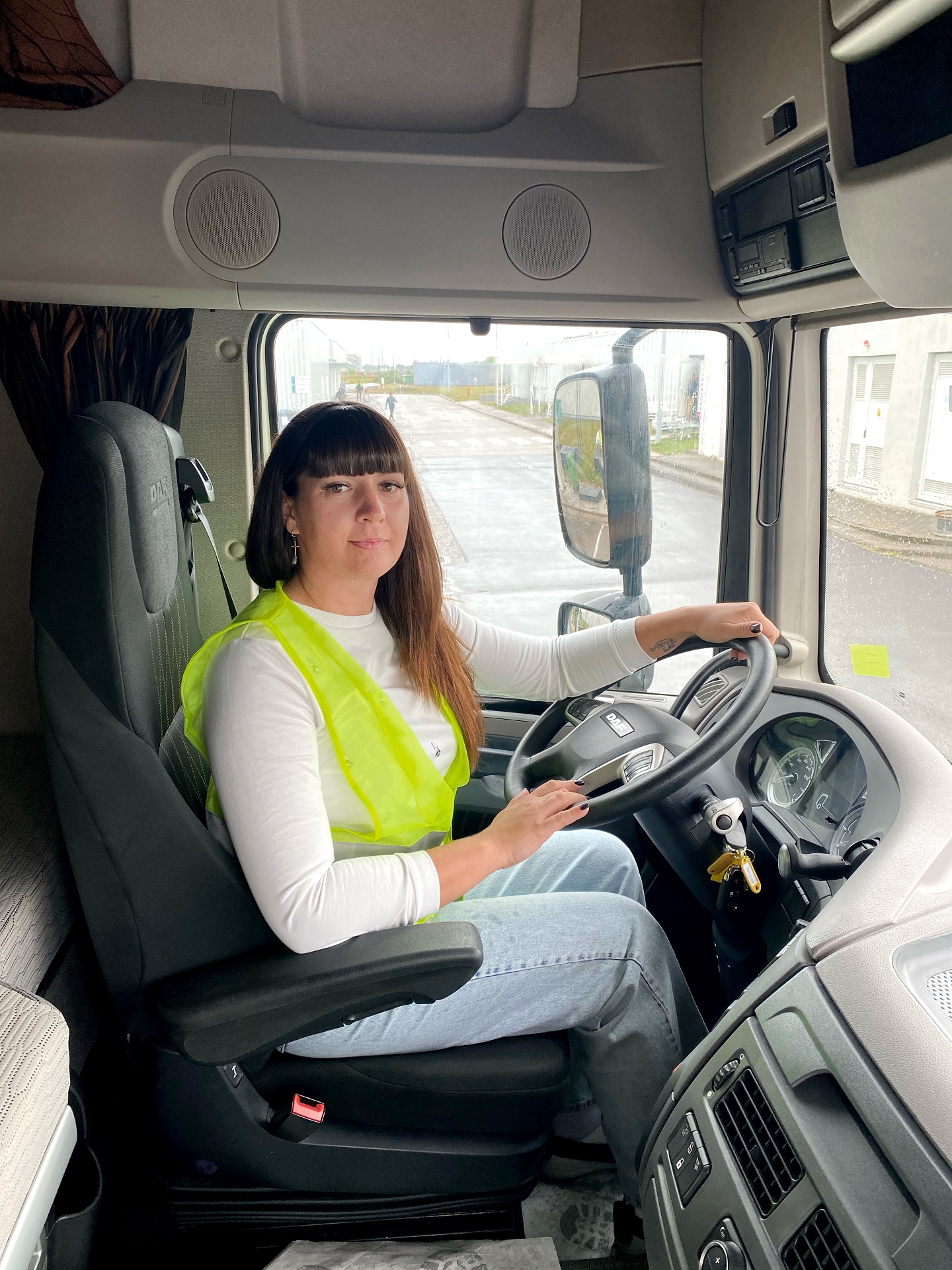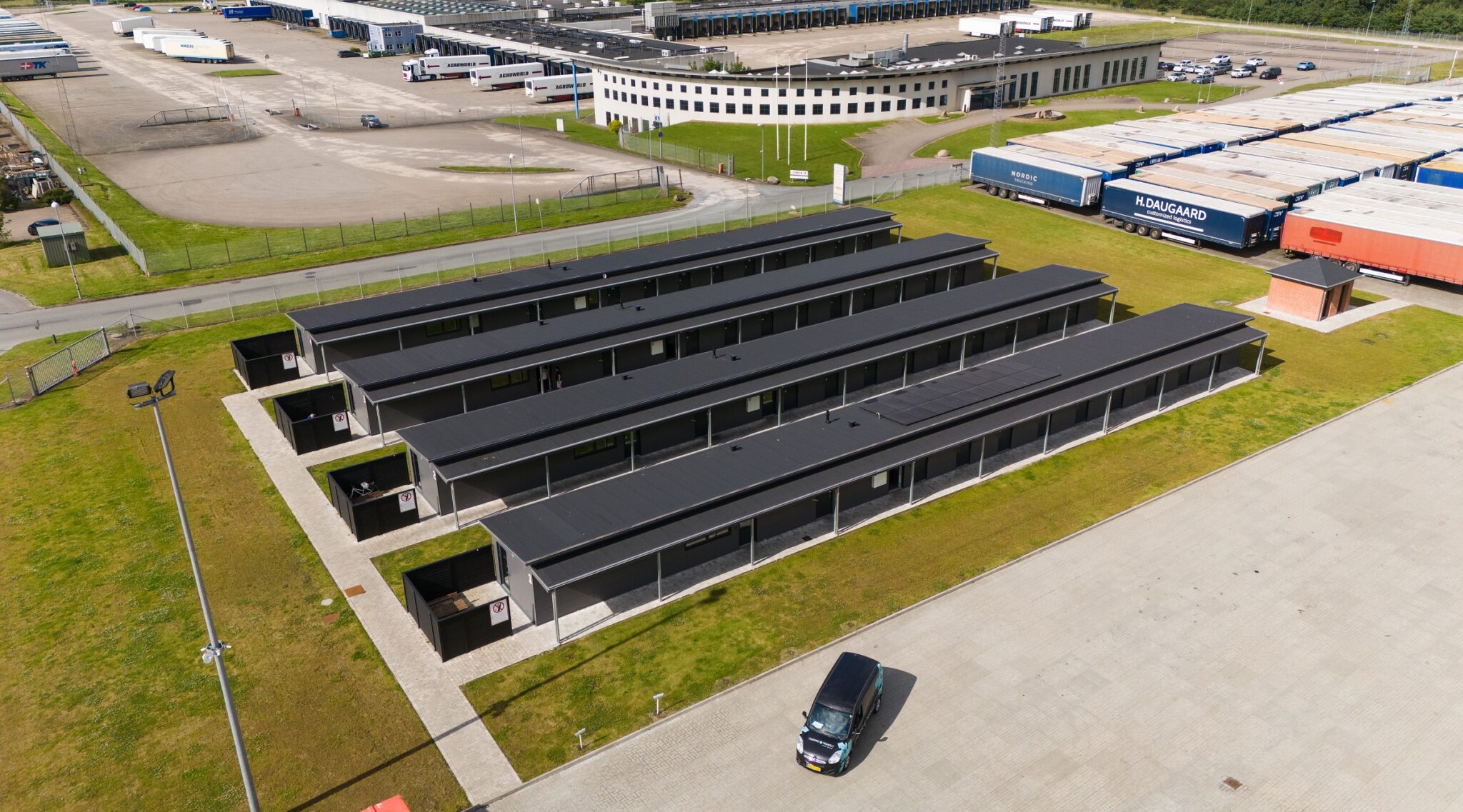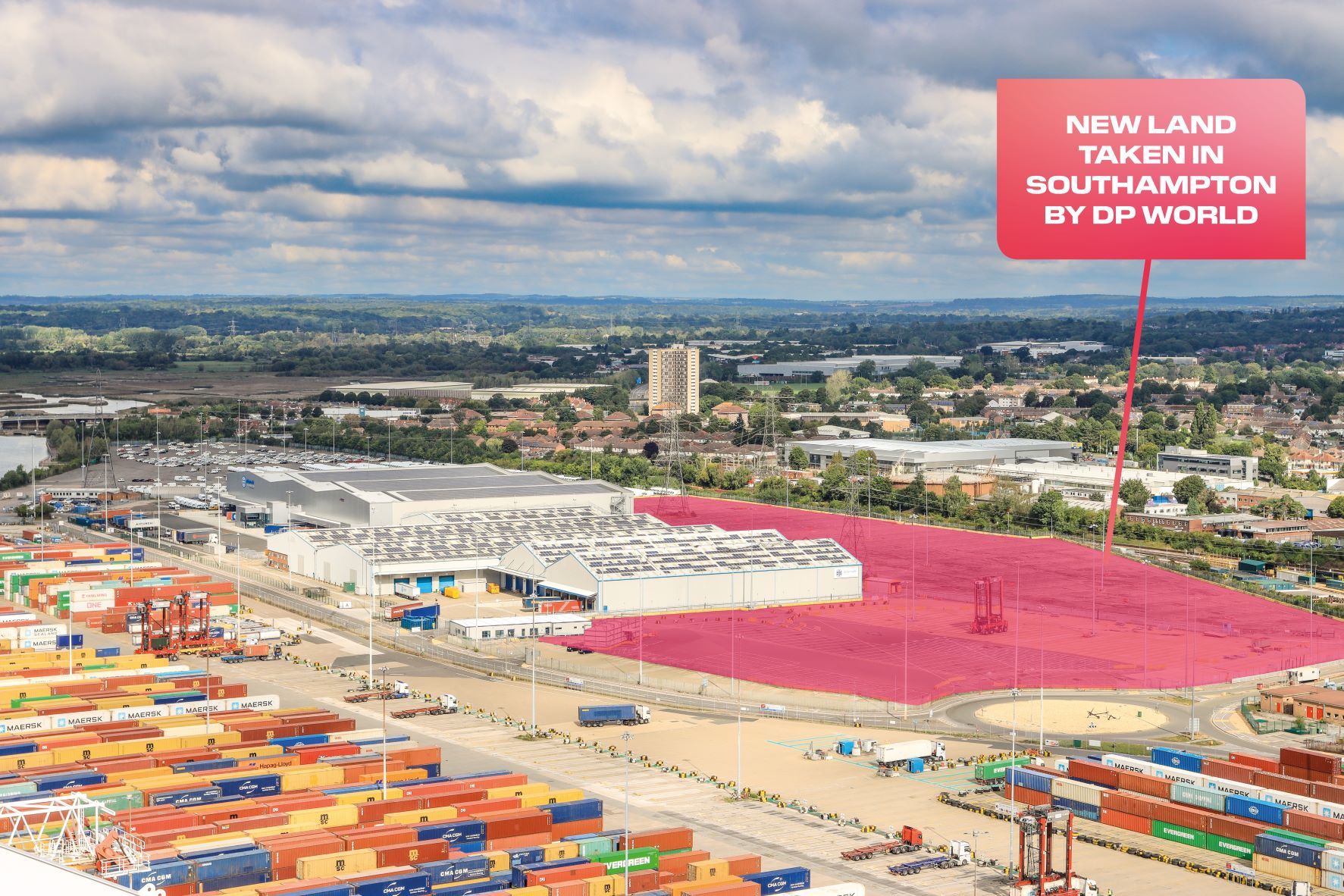Managers of road transport fleets can have influence not just at the departure and arrival from the depot hub, as David Priestman reports.
“Data and insights lead to action,” Samsara CEO Sanjit Biswas informed attendees at the company’s Go Beyond event in London. He visited 100 Samsara customers last year. By listening to them and understanding how they use the data obtained from the dashcams and sensor technology the company can continue rolling out updates and extensions to its ‘Connected Operations’ platform.
These include a strike alert for low bridges (particularly useful on old British roads); electronic brake performance monitoring; a privacy mode that stops the driver-facing camera monitoring (something that is resisted by some drivers and unions, or just not suitable for a minority of operations); and drowsy driver detection. “We have enough data now for drowsy driver detection,” Chief Product Officer Kiren Sekar told me, “based on a driver’s blank stare, nodding head, closed eyes and/or rubbing eyes.”
Lane departure warning and forward collision warning is being added to the platform too, as well as ‘smart trailers’ real-time GPS tracking, which also monitors trailer brakes and tyre pressures. “All the data is there in a single platform,” Sekar explains, “location, maintenance, charger insights. We can integrate with the trailer manufacturer’s sensors. How do you ensure the driver has the right trailer? We can do that, but if you’re using just the data from the trailer manufacturer you wouldn’t know that.”
Good Drivers Prevail
The ‘virtual coach’ shows the driver camera footage of all alert issues. This is powerful and is used as positive feedback and constructive advice to them. Only 20 per cent of drivers need extra help. 80 per cent are good drivers, but need to avoid any bad habits developing. ‘Connected training’ uses AI to write and create driving courses.
Samsara’s IoT and AI tech is well-suited to be used on electric vehicles as transport firms continue to switch from diesel and petrol commercial vehicles as the challenge of operations is greater with EVs. “Most of our customers are still using ICE trucks and vans,” says Sekar. “EV conversion is a business case, as is saving on fuel. Demand for EVs differs across locations. Safe driving is also more sustainable, of course.”

The platform provides data on everything from severity of speeding, idling to fuel usage and time-on-site, producing a trip summary for managers, who can select advanced custom reports, using up to 9 data points, on things like scope 3 emissions. Samsara aims to have an impact on customer outcomes – running and insurance costs, accidents, emissions and more.
League Table
Paul Duncalf, Director of Safety for Sysco (which owns Brakes food distribution) talked about the roll-out of Samara in its CV fleet. “You need a compelling story to persuade the team to adopt technology. Ours was to reduce serious traffic accidents. Do you want to work for a company that doesn’t want to do that and have that on your conscience?”
What about getting driver buy-in for the introduction of cameras? Sysco had an amnesty for driver misbehaviour for the first few months, except for phone usage. Sysco managers use the tech themselves. “We showed drivers how it works and some footage so they knew why we were introducing it.” Best driver competitions and incentives, all data driven, help with acceptance. “League tables work well psychologically,” he points out. “Start with the alert settings bar set high, rather than for everything. Then lower it to make things tougher,” he advises.
Boardroom Decision
Fraikin’s Chief Digital Officer, Edward Breedveld, describes working with Samara as a ‘partnership’. “It’s open, collaborative and transparent,” he says. “We’re pushy to break boundaries and get things solved and we wanted to get it right first time.” Fraikin has 60,000 commercial vehicles in 10 countries in Europe, providing a full-service rental fleet to its customers, from delivery to maintenance and replacement. The company is still retrofitting its entire fleet with Samsara tech and deploying it on all new vehicles. A boardroom-level decision, with what Breedveld describes as almost ‘military level planning’.
“We need the driver to be happy and they’re in short supply, so we want feedback,” Breedveld states. “Information is key. We show people in real time how Samsara works. Data is needed because decarbonisation is coming.” As fleets switch over the financing and usages of EVs brings concerns around charging, battery degradation and resistance to change. Data from Samsara’s platform provides actionable information to improve user experience and reduce the environmental impact of road freight transport.
France is a challenging market to deploy Samara in Fraikin vehicles. There are legal obstacles around privacy so union backing is required. ”Each market is different,” Breedveld informs. “But in Europe the journey to net zero in road transport and to zero emissions in urban areas is irreversible.”
Samsara’s customers like the fact that the platform keeps moving forward, offering more for them to use it for and learn from. “When one of Fraikin’s fleet customers understand what data can be provided they see the potential,” Breedveld concludes. “The system tells the customer what they didn’t know before. Customers use Samsara for positive reasons, not for ‘big brother’ negative ones. It helps everyone, for example with plummeting mobile phone use. Companies using Samsara can benchmark themselves verses their competitors, favourably.”
similar news








